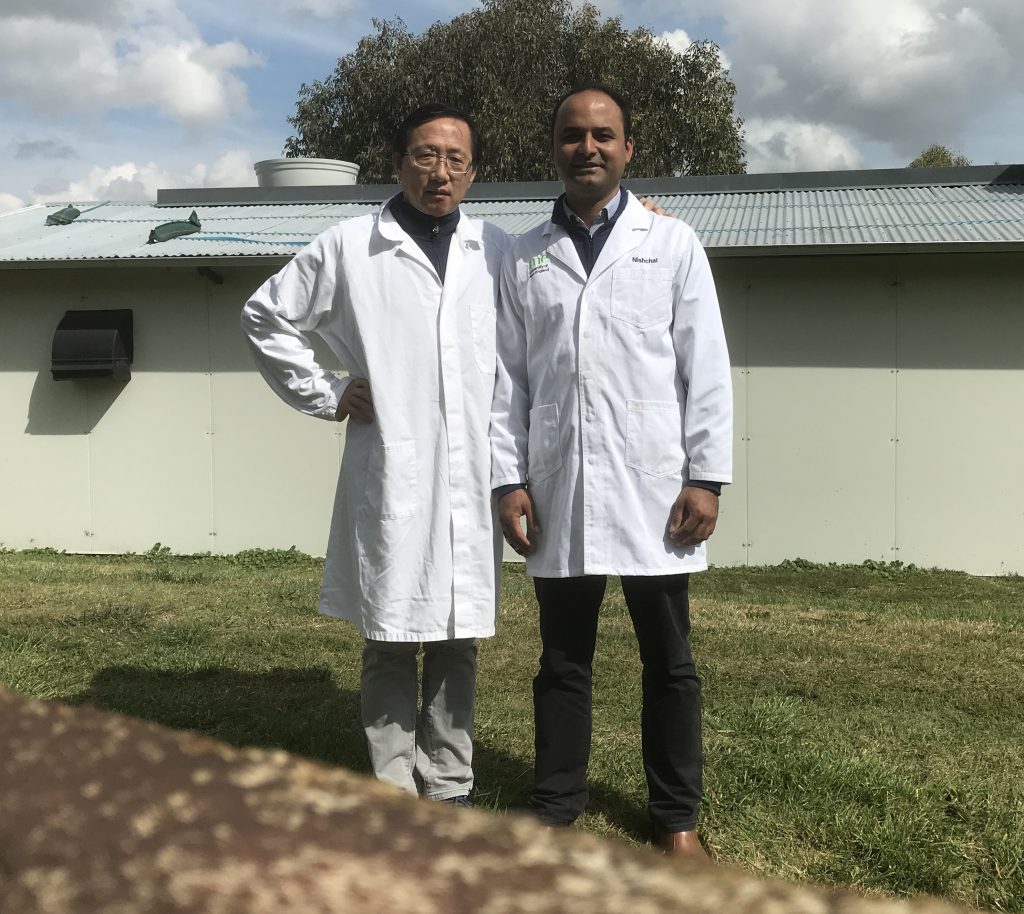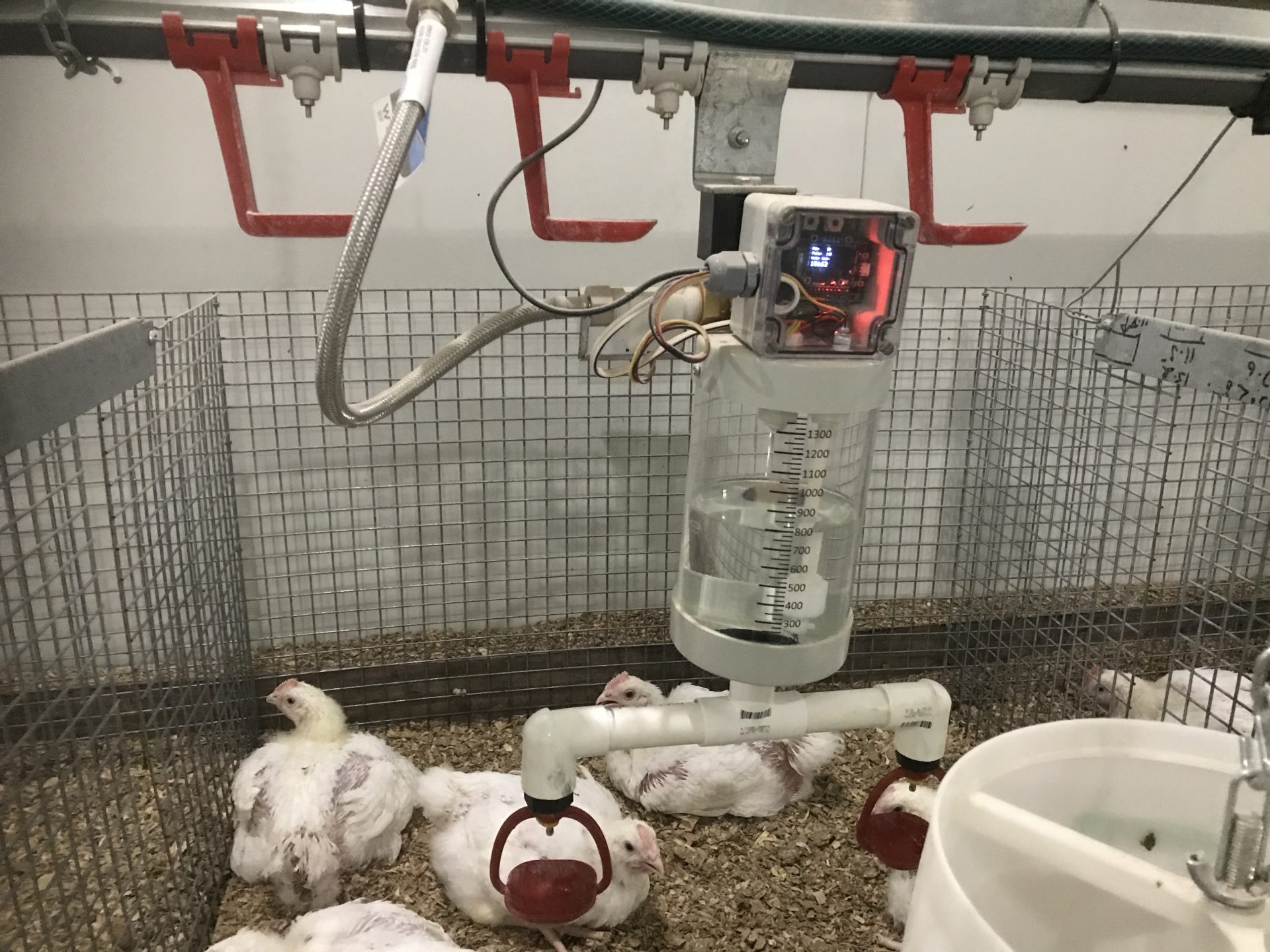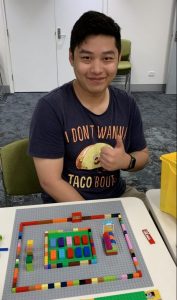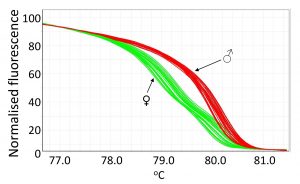Contributed by Dr. Nishchal K. Sharma
In poultry nutrition, water is the most important nutrient for the overall health and performance of birds yet less focus has been on water compared to the other nutrients. In animals, water is used for the metabolism of nutrients, regulation of body temperature, digestion of food and elimination of wastes, etc. In a thermo-neutral environmental condition, a broiler consumes twice as much water as feed until they reach a slaughter age. The water to feed intake ratio (WI:FI), which is the amount of water a bird consumes per unit of feed intake, is higher when the birds are young but the ratio gradually decreases as the birds grow older and tend to remain constant thereafter (for eg. WI:FI is around 2.5 on day 10 and 1.7-1.8 on days 35-42).
Water intake in broilers is related to a number of factors including shed temperature, water temperature, water quality, water taste, lighting program, feed composition, feed availability, stocking density, general health and gut health of birds, types of drinkers and drinker flow rates. Increase or decrease in WI:FI indicates possible issues – this can be related to birds, management of shed, and nutrition. Accurate daily recording of water intake allows producers to monitor any abrupt changes in water intake and identify nutritional, health or managemental issues associated with it. In the current context of “water restrictions” imposed by the Australian government, it is also important that we monitor the use of water and avoid wastage as much as possible.
At University of New England in Armidale NSW, a group of researchers and technicians (Nishchal Sharma, Shubiao Wu and Brad Dawson) have developed automated water measurement system that can accurately measure water intake in 48 individual pens. Each pen can hold 14 birds and has a 1.4 litre reservoir with a microcontroller to monitor water consumption. Sensors in the reservoir determine when it is empty and trigger the opening of a solenoid valve to allow it to refill. A flow meter on the inlet line measures the amount of water taken to refill the reservoir. This data, along with a cumulative count of the water use since the beginning of the trial and the number of refills is transmitted wirelessly to a computer where it is stored in a database. Information in the database can be viewed by the researchers through a web browser. The reservoir is a clear, graduated cylinder, so any water remaining at the end of a period may be manually recorded. During initial days when the chicks are small, the reservoir fills once a day but as the chickens grow older, it fills 2-4 times a day.
UNE researchers aim to study the effects of dietary manipulations on performance and water to feed intake ratio of broilers throughout the grow-out cycle. The project is funded by Agrifutures Australia. Nishchal Sharma, a post-doctoral research fellow at UNE working in the Agrifutures project led by Shubiao Wu, has used the automated drinker system in their first experiment and the data obtained are very promising in revealing the relationship between the nutrients provided to the birds and water intake. According to Dr Nishchal Sharma, “traditional manual way of measuring water intake in poultry research is to supply water in each cage/pen through water troughs or jars and weigh them at various time periods. This is a very time consuming and labour intensive process. The results are also less accurate as the water evaporation through troughs is not taken into account and leakage can unavoidably occur. With this new system in place, we can produce more accurate results of water consumption and these can be directly applied to the industry.” He also added that “the capacity to measure water intake in 48 individual pens allows researchers to accommodate 6-8 treatments in one study.” The team also have a plan to collaborate with other researchers to make more effective use of the system.





